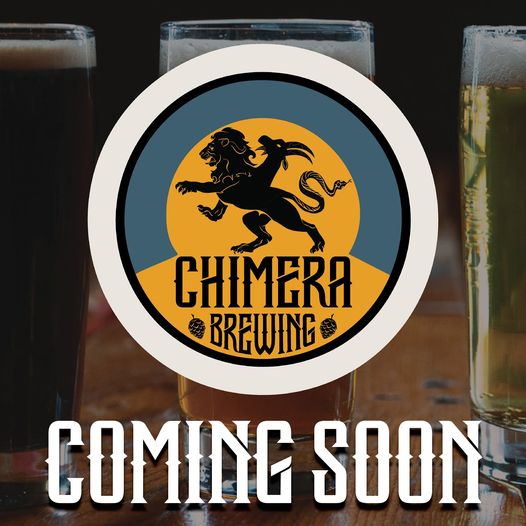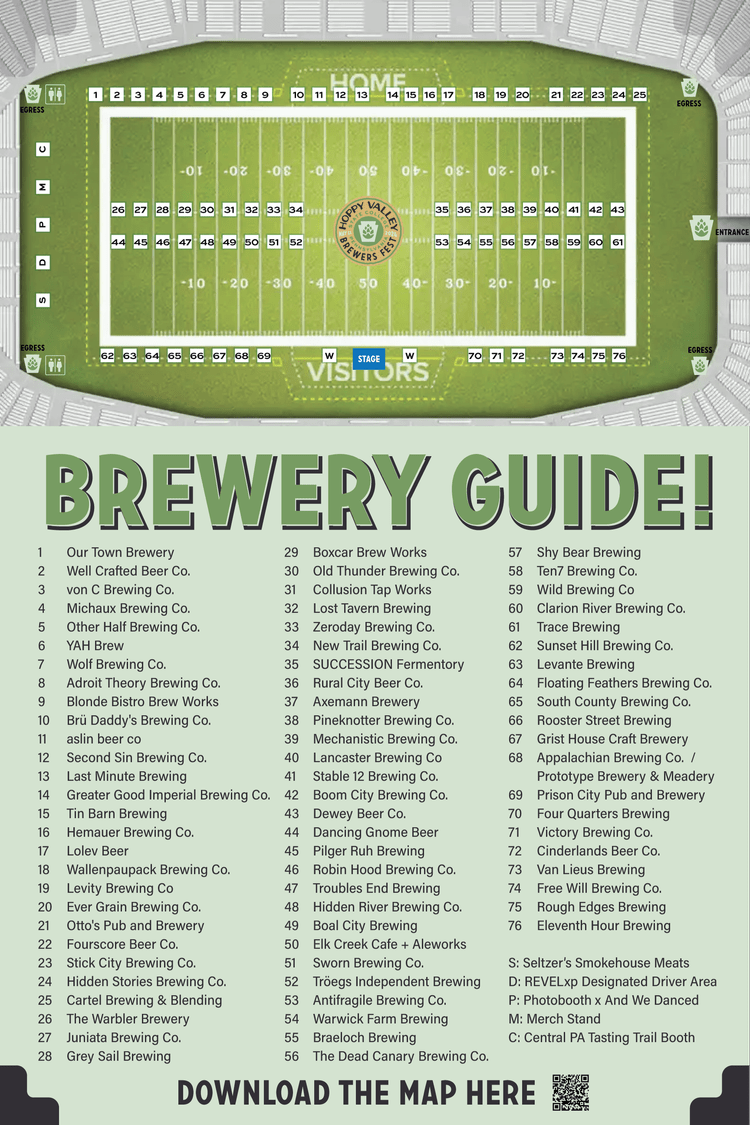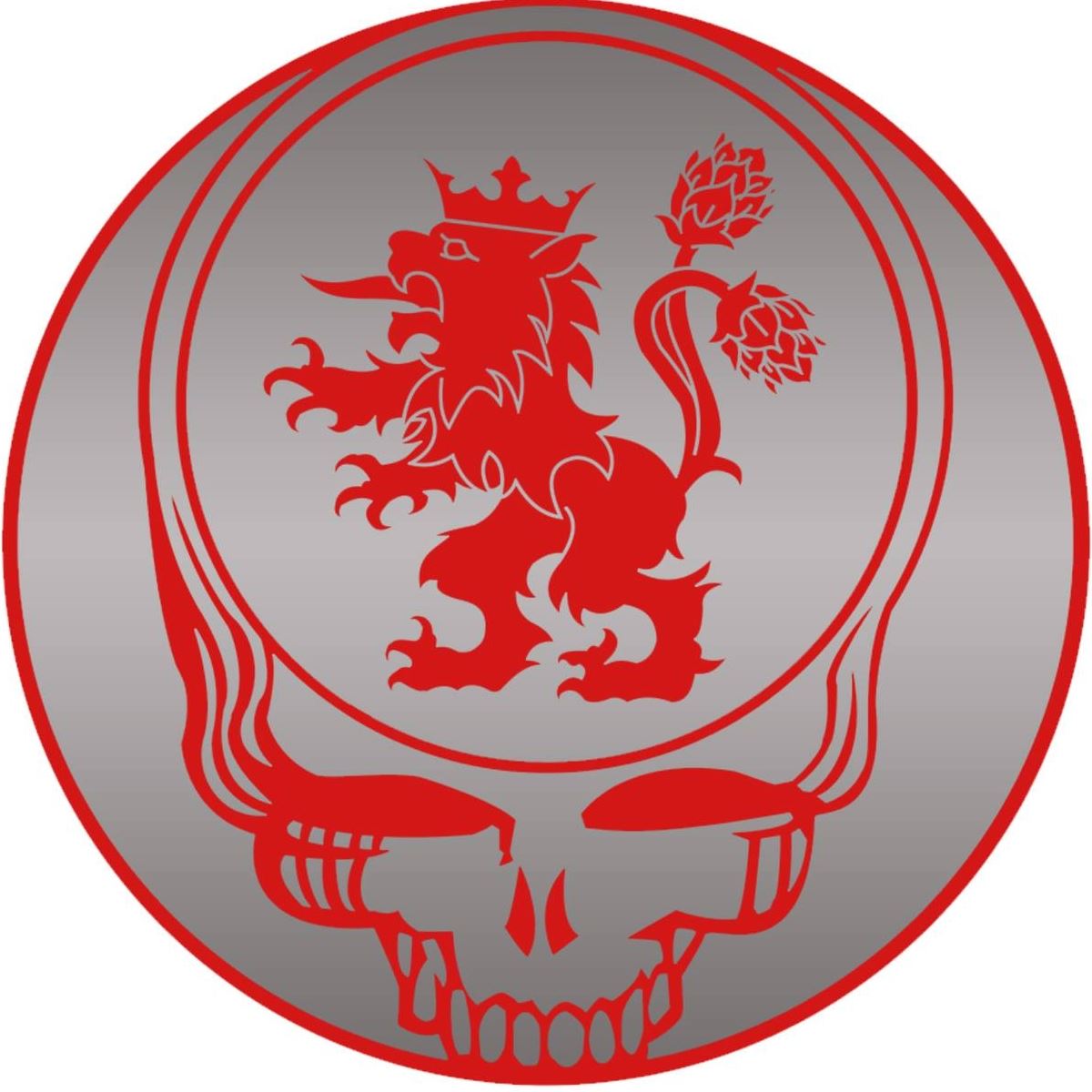Beer Education: Module Five: Yeast
Our next module is all about the fun guy (get it?) organisms that poop out alcohol and make our beer – beer. And yes, I know I said no more dad jokes the last time… but I just couldn’t help myself (plus, when I used this joke on my ten year old daughter: “Why does yeast keep getting invited to parties?” “Why?” “Because their such fun guys!” she kept chortling… so, at least its a good joke according to her). ….Anyway, moving on…. This module is all about yeast. Not about bad dad jokes, so lets get to it!
As per typical, our first page of the module is an intro video. Please be aware, above the video is a note saying that this module will take longer than the last two modules, so to provide yourself with enough time for it (and here I thought the hops and spices module was pretty long!). This looks to be a very informative module as they will cover yeast very in-depth (just like they did with the malts, grains, hops, and spices). The intro video discusses the various parts of the upcoming modules, what you will learn, and the two expert clips (one about brewing yeast strains and one about open fermentation). So lets click next and dive into this.
Clicking next we come to the page “what is yeast?” which has another video. But first, they give you a definition and description of yeast:
Yeast is the workhorse in the beer making process. Different yeast species are used to make beer. All yeast species are microbes: they are microscopically small – although not as small as bacteria, and also very different !
EdX:The Science of Beer Brewing (Module Five)
The video is 5 minutes. Their first topic is about the two main types of yeast strains used for beer brewing: Saccharomyces cerevisiae and Saccharomyces pastorianus. Saccharomyces cerevisiae is used for making ale beers and Saccharomyces pastorianus are used for making lager beers. She moves on to discuss open fermentation and how many yeast strains might become used for that, and showcases one particular Belgian strain – Brettanomyces bruxellensis. After this she moves back to Saccharomyces cerevisiae and focuses on this particular strain. She breaks down the science of WHAT is the Saccharomyces cerevisiae, how its a micro-organism, single cell, and eukaryotic. She then goes on to describe the various parts of it, how it buds and reproduces asexually and expands and grows. This is all very important for the beer brewing process. She ends the video discusses briefly flocculation, but don’t worry we will discuss that in much further detail.
For example, on the very next page. Once you click next after that video you are brought to the next page, which is another video, this time fully about flocculation. Flocculation is the aggregation or the sticking together of yeast cells into a clump of cells which is also called a floc. This is an in-depth look at flocculation and is a 6:30 long video. Typically and historically yeast strains have been divided into two categories based on flocculation: top fermenting and bottom fermenting. The importance of flocculation in brewing: collect yeast cells (top fermenting: skim off; bottom fermenting: cropping) and the timing of the flocculation. Other important topics in the video are FLO Genes and Sugars.
Bonus points: If you make it through the video without even breaking a smile every time she says flocculation.
Our next page is about ale and lager yeast strains. First we revisit the Bavarian Beer Purity Law of 1516. It was primarily instituted to prevent bacterial contamination. There is a chart that offers information on both Saccharomyces cerevisiae and Saccharomyces pastorianus.
Clicking next we come to an expert clip by Professor Kevin Verstrepen. He is the author of ‘250 Belgian Beers: Tested and Tasted’. The clip is 8:51. He discusses the various ways they breed and make hybrid yeast strains for particular purposes. About the last two minutes of the video is very interesting, where he discusses AI and how the artificial intelligence works with yeast. And how the AI can use sites like BeerAdvocate and others to rate stuff and figure out how people will rate a beer based on the yeast strain used.
Moving on we come to a text page about yeasts in spontaneous fermentation. “Beers such as Lambic and Gueuze (sometimes also spelled Geuze) are NOT made by brewers inoculating the wort with specific yeast strains – instead, these beers are typically made through a process of spontaneous fermentation.” (EdX: The Science of Beer Brewing – Module 5.)
Spontaneous fermentations usually involve a mix of different yeast (and bacterial) species that appear sequentially over time. The exact composition of the microbial population in spontaneous fermentations depends mostly on the beer type and fermentation conditions. Brettanomyces yeast species are for example commonly present during the (later stages of) Lambic fermentation. Lambic beer is a typical spontaneously fermented Belgian beer. Brettanomycescan also be found in fermentations of American coolship ales.
Two of the best known Brettanomyces species in beer brewing are Brettanomyces bruxellensis and Brettanomyces lambicus.
EdX: The Science of Beer Brewing – Module Five – Yeast
If you’ve been following our blog here, you’ll remember back in January J. Doncevic and myself visited Mellow Mink and got to meet – Dr. Sour – brewer Matt Miller himself, and he showed us around the brewery. We discussed lambics, geuzes, sours, and all things relevant therein, particularly the yeasts. For more information on that, check out the two articles: Mellow Mink Brewery Visit and Scarlet Sunrise (Mellow Mink).
Trivia: Did you know – Brettanomyces was originally isolated and described at the Carlsberg Laboratories in 1904; where it was isolated from English beer. Hence the name of the yeast species: Brett – British; Myces – fungus. Interestingly, this isolation resulted in the first patented microorganism in history (UK patent GB190328184). (Part of) the patent reads as follows: “the employment in the manufacture of English beers such as ale, stout and porter, of cultures of the new species of micro-organisms called Brettanomyces in order to produce the flavour and condition peculiar to such beers”.
Scrolling down this text page you’ll find pull tabs to learn more about topics: Hydrolysis of longer chain carbohydrates, Release of volatile aroma compounds by beta-glucosidases, and Typical Brett aromas. This is then followed up by a paragraph on scientists and how they work on hybrid yeast strains, particularly for lambics and Trappist beers.
The next page is an expert clip by Professor Bart Lievens on spontaneous fermentations, primarily dealing with the brewing process of lambics. It is a 5:50 minute clip. He discusses traditional Trappist brewing procedure for lambics, and the process and various yeasts that do the fermenting through the various months while in the casks.
We come to a quick knowledge check (quiz) next. It is five questions (two multiple choice, and three check-box questions).
The next page is a discussion page for homebrewers and craft brewers: “what yeast strains do you use?” My post: “I typically buy my yeast from my LHBS (local homebrew shop) – Scotzin Brothers. I usually get WhiteLab, and depending, but it is typically W34. For a five gallon homebrew batch, I’ve found this typically works best, especially for most styles.” (Succinct and to the point.)
The next page is the yeast experimentation page. This “do it yourself” experiment is all about yeast fermentation. It is a relatively simple and pretty straight forward experiment. The next page going along with it is a discussion page about the experiment.
We are now moving on to yeast handling in a brewery. This is a verified track learner content page. The next page after that is a text page: ‘essential nutrients’. This page begins the discussion of what exactly the yeast are doing.
Next we have a video on the growth on different carbon sources. This is a 10 minute video, and unfortunately the audio seems to be really low on this one, so its a bit hard to hear at times. This is a very informative video with lots of charts and graphs.
After this we have a page on fermentation vs. respiration. This is a heavy science text page with chemical structures and diagrams.
The next page says its “optional reading” about yeast lag phase. I highly recommend doing the reading, there’s also an interview and expert clip from Professor Verstrepen as well.
After this is another quiz, its four questions, multiple choice, check-box, and drop and drag. After the quiz we move onto “intro to yeast” which starts with yeast flavors. Then it moves on to aromas from the yeast as well.
Clicking next, we come to organic acids and (off) flavors produced by yeast. This text page is another chart and science page. (This module is probably the most science based module yet; so far; in this course.)
Next is aldehydes. They can be formed either by Ehrlich pathway or Carbohydrate metabolism. Aldehydes can also be formed by reaction – lipid oxidation or Strecker degradation of amino acids. Aldehydes are generally considered to have a grassy flavor (that most would consider unpleasant).
Higher alcohols, also termed fusel alcohols, are typically formed by the yeast cells from amino acids through the Ehrlich pathway (catabolic route). The figure below gives a schematic overview of the different steps from amino acid to higher alcohol in the Ehrlich pathway. The second figure gives a more detailed overview for specific amino acids and their respective higher alcohols. This page has a very big chemical structure chart.
Moving on, we come to esters. A term most craft beer drinkers know (and all brewers should definitely know). Esters are the biggest group of aroma-active compounds in beer. Esters are formed inside yeast cells via a reaction between acetyl- or acyl-CoA and an alcohol. The first class of esters, formed through condensation of acetyl-CoA and an alcohol, are called acetate esters. The second class of esters, formed through condensation of acyl-CoA and ethanol, are termed fatty acid ethyl esters. Acetate esters diffuse more readily across the plasma membrane and in this way have a bigger impact on the final beer aroma. Following the information is more chemical structure charts and diagrams.
Another term most people know is diacetyl. There is various types of diacetyl. Vicinal diketones is the most common and is most often what people refer to when they speak of diacetyl in general. These are the cause for the unpleasant flavors.
The following page covers sulfur compounds. As the name suggests, this is sulfuric and gives off bad sulfur aroma and flavors… obviously not good for beer (or really anything for that matter). Sulfur compounds are important flavor determinants in beer. Most sulfur compounds derive directly from malt, yeast-produced sulfur compounds arise during the catabolism or anabolism of the sulfur-containing amino acids methionine and cysteine.
Up next is phenolic compounds.
The majority of the precursors for the production of phenolic compounds is derived from cereals and malt. Plant cell walls contain lignin, a complex polymer containing aromatic components. Lignin hydrolysis liberates these aromatic compounds, including phenolic acids.
These phenolic acids can be enzymatically converted by yeast to aroma compounds such as 4-vinylguaiacol (4-VG) and other compounds with a clove-like, medicinal aroma. Further enzymatic reduction results in molecules with a typical spicy, band-aid aroma. Since most Saccharomyces cerevisiae strains lack the enzyme for this final reduction step, the presence of such spicy, band-aid flavors often indicates that Brettanomycesspecies are present in the fermentation. In certain beer styles, such as Lambic, Hefeweizen and wheat beers, these phenolic compounds are desired and help define the beer style. In most other beers, these phenolic compounds are considered a fault and they are hence often called phenolic off-flavors (POF).
EdX: The Science of Beer Brewing Module 5
Two things that affect the phenolic compounds in beer are the factors – yeast strains used / present during fermentation and the level of phenolic acids in the malt.
The next two pages are a quick quiz (a single drop and drag) and a verified track learner page. Following this is a page telling you what materials to gather for the experiment in Module Six. As per usual at the end of the module, the next page is an overview page. Up next is an assessment for verified track learners. On the next page is the feedback page that ends each module. Clicking next brings you to the congratulations page.
Whew! That was a LONG module. But its not over yet if your a verified learner. If you are a verified learner, now is your mid-term that makes up 20% of the grade. If you are going that route – good luck! I’m moving on to Module Six!
Sorry this one took so long. It took me a while with the course, and I’m also fighting the ennui of this whole ordeal. I “should” be writing a blog post a day, but I find myself less and less motivated. And I’m not even working right now. I think some of it is a case of “the busy man gets more done” and some of it is the stress of the unknown of the situation.
I have been working behind the scenes on the blog, so look for some new writers, new styles, new beer reviews, new themes, and new content and channels. Lots of stuff coming in the near future, like a brewery look up for Hemaur Brewing’s Grand Opening On May 1st. So please follow us on here by subscribing, and follow us on Facebook, Twitter, and Instagram.
Cheers everyone! Stay safe, stay home, stay drunk!
-B. Kline
The Beer Education Series:
** EdX: The Science of Beer Brewing
* Beer Education: Series
* Beer Education: Syllabus
* Beer Education: Introduction
* Beer Education: Module One: The History of Beer Brewing
* Beer Education: Module Two: Barley and Malting
* Beer Education: Module Three: Water
* Beer Education: Module Four: Hops and Spices
* Beer Education: Module Five: Yeast
* Beer Education: Module Six: The Steps of the Brewing Process
* Beer Education: Module Seven: Fermentation and Maturation
* Beer Education: Module Eight: Filtration and Packaging
* Beer Education: Module Nine: Beer Quality and Stability
* Beer Education: Module Ten: Beer Assessment and Tasting
* Beer Education: Series Overview




